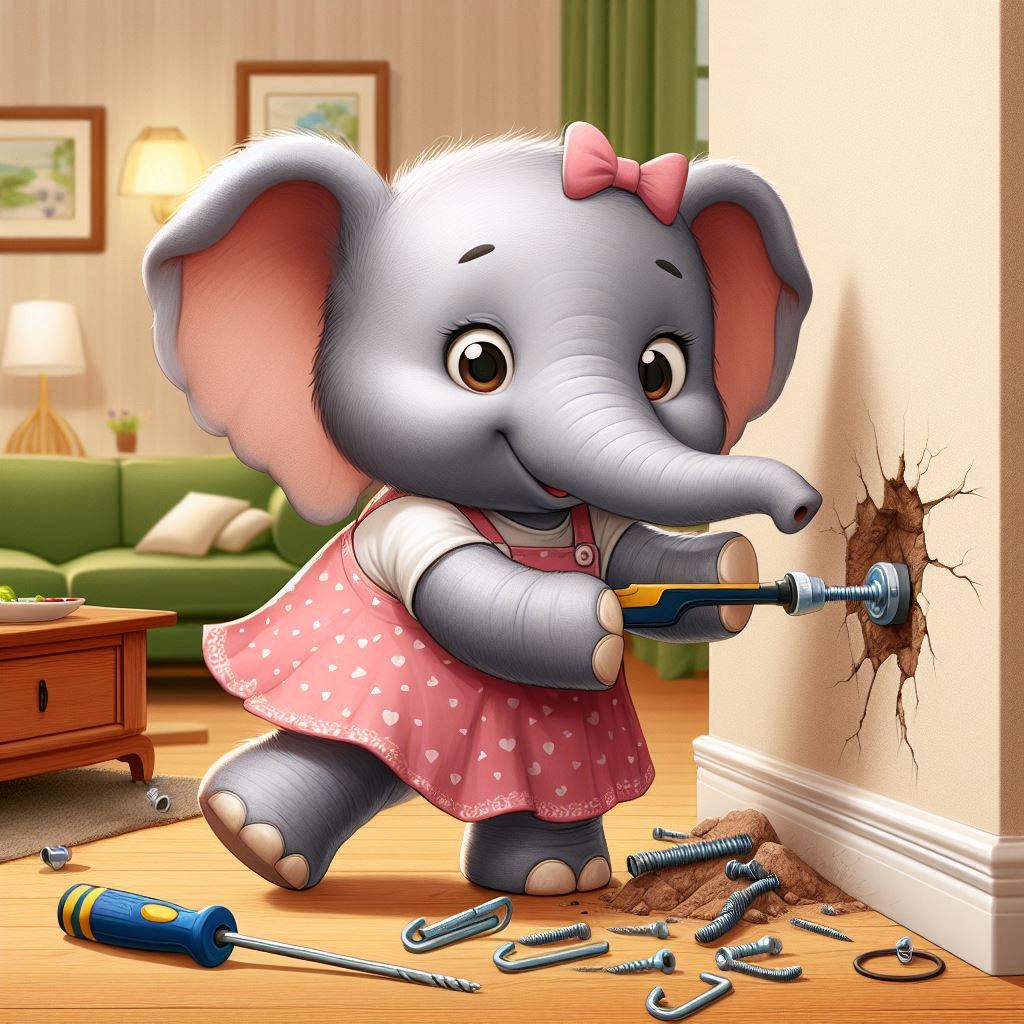How to remove wall anchor without breaking the drywall?


Here’s a step-by-step guide on how to remove wall anchors without breaking the drywall.
Removing wall anchors can be a daunting task, especially if you want to preserve the integrity of your drywall. Whether you’ve changed your mind about hanging that picture or have opted for a different mounting solution, knowing how to properly remove wall anchors is essential to avoid unnecessary damage.

Before diving into the removal process, it’s important to understand what wall anchors are. They are devices used to support screws in drywall and provide extra holding power. Common types of wall anchors include plastic expansion anchors, toggle bolts, and metal anchors. Each type may require slightly different removal techniques.
To successfully remove a wall anchor, gather the following tools:
Removing wall anchors can be a daunting task, especially if you want to preserve the integrity of your drywall. Whether you’ve changed your mind about hanging that picture or have opted for a different mounting solution, knowing how to properly remove wall anchors is essential to avoid unnecessary damage. Here’s a step-by-step guide on how to remove wall anchors without breaking the drywall.
Before diving into the removal process, it’s important to understand what wall anchors are. They are devices used to support screws in drywall and provide extra holding power. Common types of wall anchors include plastic expansion anchors, toggle bolts, and metal anchors. Each type may require slightly different removal techniques.
To successfully remove a wall anchor, gather the following tools:
Identify the type of wall anchor you’re dealing with. Plastic expansion anchors are the easiest to remove, while toggle bolts may require more effort. Understanding the anchor type will help you choose the right method for removal.
Begin by removing the screw that is attached to the wall anchor. Use a screwdriver to carefully unscrew it. If the screw is stripped or stuck, consider using pliers to grip the screw head and turn it counterclockwise. Ensure that you remove the screw entirely without damaging the surrounding drywall.
For plastic expansion anchors, you can often simply pull them out by using a flathead screwdriver. Insert the screwdriver into the gap between the anchor and the drywall, and gently pry it out. If the anchor is resistant, you can also push it back into the wall slightly, which may loosen it. Once loosened, pull it out gently.
For metal anchors and toggle bolts, the process can be a bit trickier. First, unscrew the bolt until it’s free from the anchor. If the anchor has a toggle mechanism, you may need to push the anchor back into the wall while gripping the toggle. As the anchor moves, it should loosen its grip on the drywall.
If the anchor won’t budge, consider drilling a small hole in the anchor head to weaken it. Use a drill bit that is slightly larger than the anchor itself and drill carefully to avoid damaging the drywall.
Once the anchor is removed, you may notice a hole or damage in the drywall. Don’t worry; this is easily fixable. Here’s how:
Inspect the area to ensure it’s smooth and free of any leftover debris. Clean up the workspace, and dispose of any removed anchors or screws properly.
Removing wall anchors doesn’t have to be a hassle or cause damage to your drywall. By following these steps and using the right tools, you can ensure a clean removal process. Remember, proper repair after removal is key to maintaining the aesthetics of your walls. With a little care and patience, you can keep your drywall looking pristine for your next decorating project!
Elephant Anchors offer a versatile and reliable solution for a variety of home installations, from mounting TVs to hanging shelves and curtain rods. Known for their strength and easy installation, these anchors can support heavy loads up to 200 pounds, making them perfect for drywall, metal studs, and plasterboard. Whether you're updating your living room, kitchen, or bathroom, Elephant Anchors ensure secure, long-lasting results, and their reusability makes them a cost-effective choice for all your mounting needs.
Mounting an articulating TV mount on drywall can be challenging but feasible with the right approach. While studs provide the best support, heavy-duty drywall anchors like Elephant Anchors can securely hold the mount if studs aren't available. Ensure proper weight distribution and regular checks for a safe and flexible TV setup.
Choosing the right anchor for your wall type is crucial for a secure and safe installation. Whether you're working with drywall, concrete, brick, or plaster, Elephant Anchors offer a reliable solution. Designed to handle various wall materials, they provide superior holding power and ensure your mounted items stay safe and secure. From TV mounts to shelves, Elephant Anchors make installation easy, strong, and worry-free.